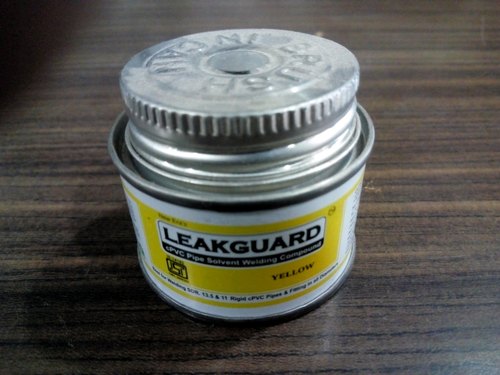How Solvent Cement Works
19 Jun,2020
CPVC plumbing systems are some of the most reliable on the market, thanks in large part to their strong pipe and fitting seams. CPVC is welded together using solvent cement, which is much different than glue and heat fusion.
Glue simply sticks a pipe and fitting together, and heat fusion melts the adjoining materials together. These methods weaken the material resulting in a less reliable seam.
On the other hand, solvent cement chemically fuses the pipe and fitting together, creating a seam that once dry becomes the strongest part of the system.
So, how exactly does solvent cement join CPVC?
Solvents Loosen the Surface Material
When solvent cement is applied to the surface of the pipe or fitting, it begins to soften and dissolve the top layer of the CPVC. Specifically, the solvent is unbinding the CPVC’s surface molecules, freeing them to intertwine with other molecules.
CPVC Pipes and Fittings Are Pressed Together
Next, the pipe is pressed together with the fitting forcing the two solvent cemented surfaces together. The pipe’s freed molecules are forcibly entangled with the fitting’s. The pipe is given a quarter turn to ensure the solvent cement is evenly distributed throughout the joint. As the solvent beings to evaporate out of the seam, the entwined molecules begin to harden again, locking them in place.
The Seam Cures
Once the solvent cement has evaporated, the joint is fully cured. At this point, the seam is one continuous piece of plastic, rather than just two independent pieces stuck together. The result is, the seam becomes the strongest part of the system because the wall is twice as thick as the pipe or fitting wall by itself.
The time required for a joint to fully cure varies based on the size of the pipe, temperature and humidity. Check with your solvent cement manufacturer for recommended cure times. After the last joint assembled has had time to cure, it is safe to pressure test your hot and cold plumbing system for leaks.
